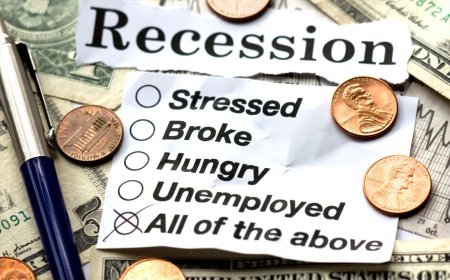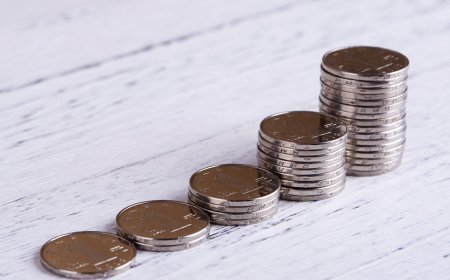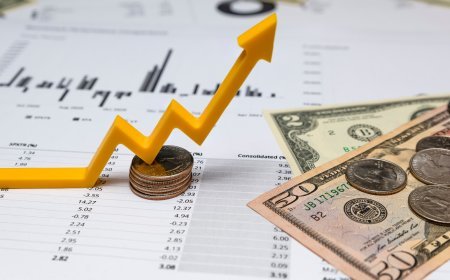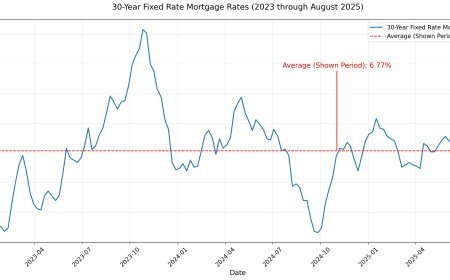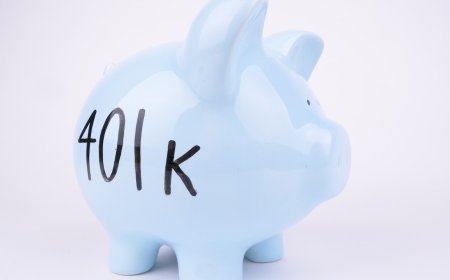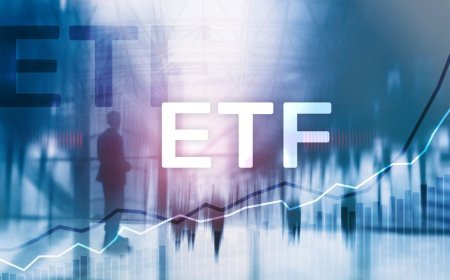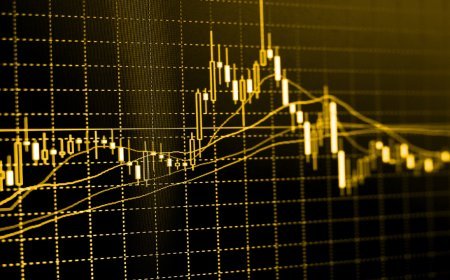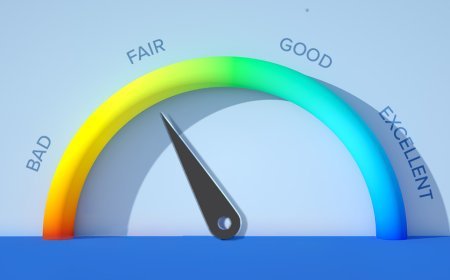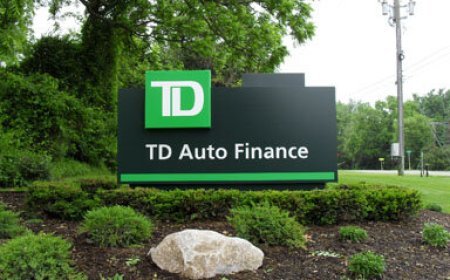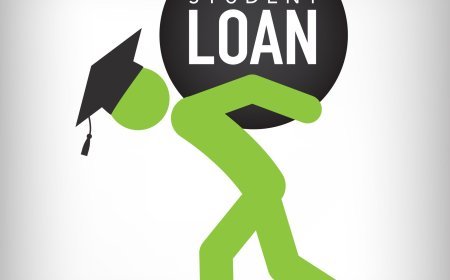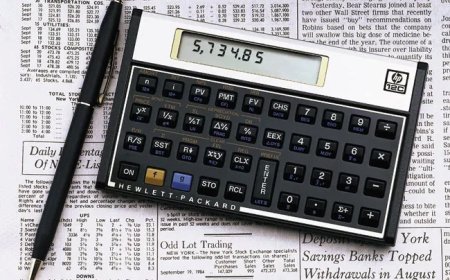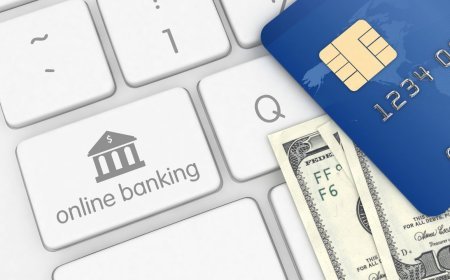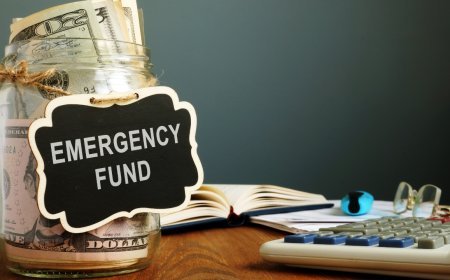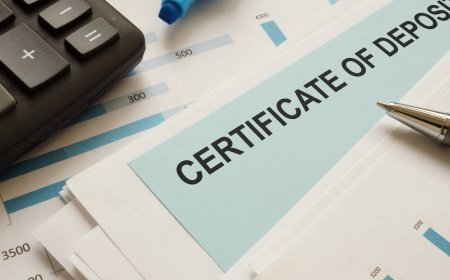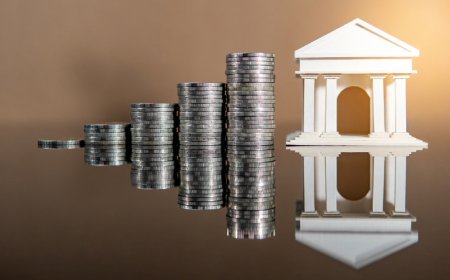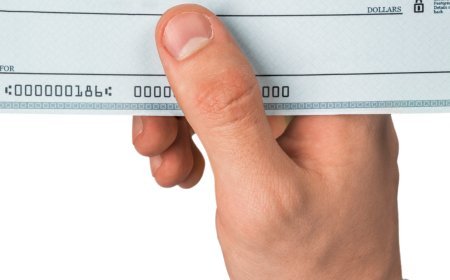Are High-Yield Savings Accounts Really Worth It for Small Balances?
Saving money feels tougher than ever with rising costs squeezing budgets. If you’ve got a modest nest egg—say, $500 or $1,000—you might wonder if high-yield savings accounts (HYSAs) are worth the hype. Unlike traditional savings accounts offering paltry 0.45% APY, HYSAs boast rates as high as 4.5-5% in October 2025. But for small balances, does the extra interest justify the effort of switching? Let’s break it down.
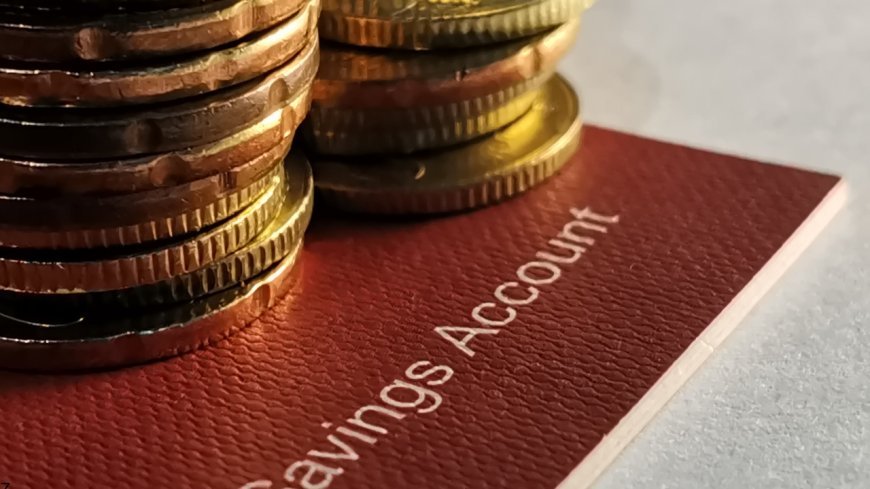
In This Article:
-
What Are High-Yield Savings Accounts?: A quick primer on HYSAs and how they differ from traditional accounts.
-
The Math: Earnings on Small Balances: Real numbers showing what you’d earn with $500-$5,000.
-
Pros and Cons for Small Savers: Benefits and potential drawbacks of HYSAs for modest amounts.
-
Key Features to Look For: How to pick the right HYSA in 2025’s market.
-
Alternatives to HYSAs: Other options for small balances if HYSAs fall short.
What Are High-Yield Savings Accounts?
High-yield savings accounts are online-based savings accounts offering significantly higher annual percentage yields (APYs) than traditional brick-and-mortar banks. As of October 2025, top HYSAs like those from Ally, Discover, or SoFi offer 4.5-5.25% APY, compared to the national average of 0.45% for standard savings accounts. They’re FDIC-insured up to $250,000, making them as safe as traditional accounts, but they often come with no fees and no minimum balance requirements—perfect for small savers.
The catch? Most HYSAs are online-only, meaning no physical branches. You manage them via apps or websites, which suits tech-savvy users but might feel less personal. Rates also fluctuate with the Federal Reserve’s moves, and with projected rate cuts in 2025-2026, today’s 5% APY could dip to 4% by mid-2026.
The Math: Earnings on Small Balances
Let’s crunch the numbers to see if HYSAs make sense for small balances. Using simple interest for simplicity (compounding adds slightly more), here’s what you’d earn annually:
|
Balance |
Traditional Savings (0.45% APY) |
HYSA (4.75% APY) |
Difference |
|---|---|---|---|
|
$500 |
$2.25 |
$23.75 |
$21.50 |
|
$1,000 |
$4.50 |
$47.50 |
$43.00 |
|
$2,500 |
$11.25 |
$118.75 |
$107.50 |
|
$5,000 |
$22.50 |
$237.50 |
$215.00 |
For a $1,000 balance, an HYSA earns you about $43 more per year—enough for a nice dinner or a utility bill. At $5,000, the gap widens to $215, which could cover a car repair or part of an emergency fund. While these aren’t life-changing sums, they’re essentially free money for parking your cash in a better account. Over five years with compounding, that $1,000 at 4.75% grows to ~$1,260, versus $1,023 in a traditional account—a $237 difference.
Pros and Cons for Small Savers
Pros:
-
Higher Returns: Even on $500, you earn 10x more than a traditional account, with no extra risk.
-
No or Low Fees: Most HYSAs skip maintenance fees or minimums, unlike some banks charging $5/month if you dip below $300.
-
Builds Savings Habits: Seeing $20-$50 extra yearly can motivate consistent saving, especially for beginners.
-
Liquidity: Access your money anytime, unlike CDs or investments with lock-in periods.
Cons:
-
Small Absolute Gains: On $500, $23.75/year won’t fund a vacation. The impact grows with your balance.
-
Rate Volatility: If the Fed cuts rates further in 2026 (projected to 2.9%), HYSA yields could drop to 3.5-4%.
-
Online-Only Hassles: Limited customer service or tech issues can frustrate some users.
-
Opportunity Cost: Money in an HYSA isn’t invested in stocks or ETFs, which could yield 7-10% long-term (though with risk).
For small balances, the pros often outweigh the cons unless you’re planning to invest or need frequent in-person banking.
Key Features to Look For
Not all HYSAs are equal. When choosing one for a small balance in 2025, prioritize:
-
High APY: Aim for 4.5% or higher; check Bankrate or NerdWallet for real-time rankings.
-
No Fees or Minimums: Avoid accounts requiring $1,000+ to waive fees, like some traditional banks.
-
Ease of Access: Look for user-friendly apps and fast transfers (1-2 days to external accounts).
-
FDIC Insurance: Confirm coverage for peace of mind.
-
Rate Stability: Some banks (e.g., Marcus) offer “rate lock” promotions for short periods—rare but worth checking.
Top picks as of October 2025 include Ally (4.8% APY, no minimum), SoFi (4.6%, with checking perks), and Capital One (4.5%, easy interface). Always verify current rates, as they shift weekly.
Alternatives to HYSAs
If HYSAs don’t excite you for small balances, consider:
-
Certificates of Deposit (CDs): Lock in 4-4.5% for 6-12 months, but you lose liquidity. Good for $1,000+ if you won’t need it soon.
-
Money Market Accounts: Offer 4-4.5% APY with check-writing, but often require $1,000+ minimums.
-
Micro-Investing: Platforms like Acorns let you invest $500 in ETFs, potentially earning 7% long-term, though with market risk.
-
Treasury Bills: 3-4% yields for 4-52 weeks, safe and accessible via TreasuryDirect, but less flexible than HYSAs.
For balances under $1,000, HYSAs often beat these due to flexibility and no minimums. If you’re saving for a goal beyond one year, explore low-risk investments.
Conclusion
High-yield savings accounts are absolutely worth it for small balances, especially $500-$5,000. The extra $20-$200 per year may seem modest, but it’s risk-free, builds momentum, and outpaces inflation better than traditional accounts. In 2025’s shifting rate environment, they’re a low-effort way to maximize your cash. Open one today—it takes 10 minutes online—and start small to grow big. Got a favorite HYSA or savings tip? Share in the comments!
What's Your Reaction?
 Like
0
Like
0
 Dislike
0
Dislike
0
 Love
0
Love
0
 Funny
0
Funny
0
 Angry
0
Angry
0
 Sad
0
Sad
0
 Wow
0
Wow
0


